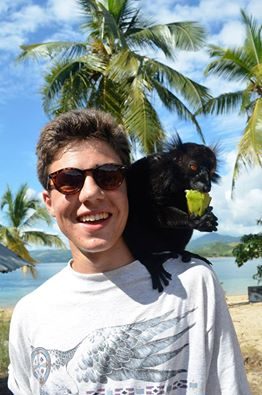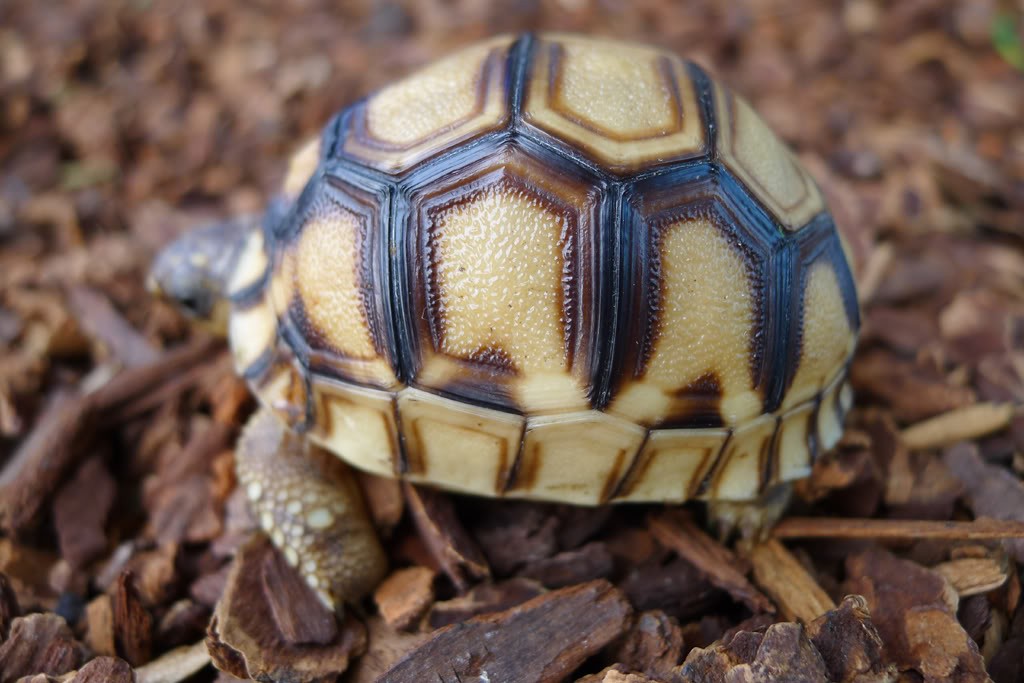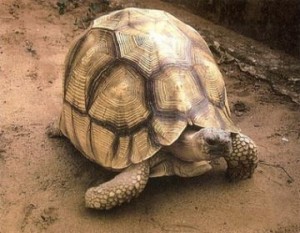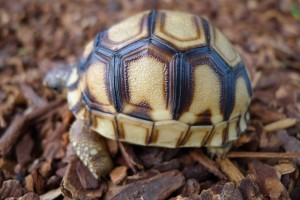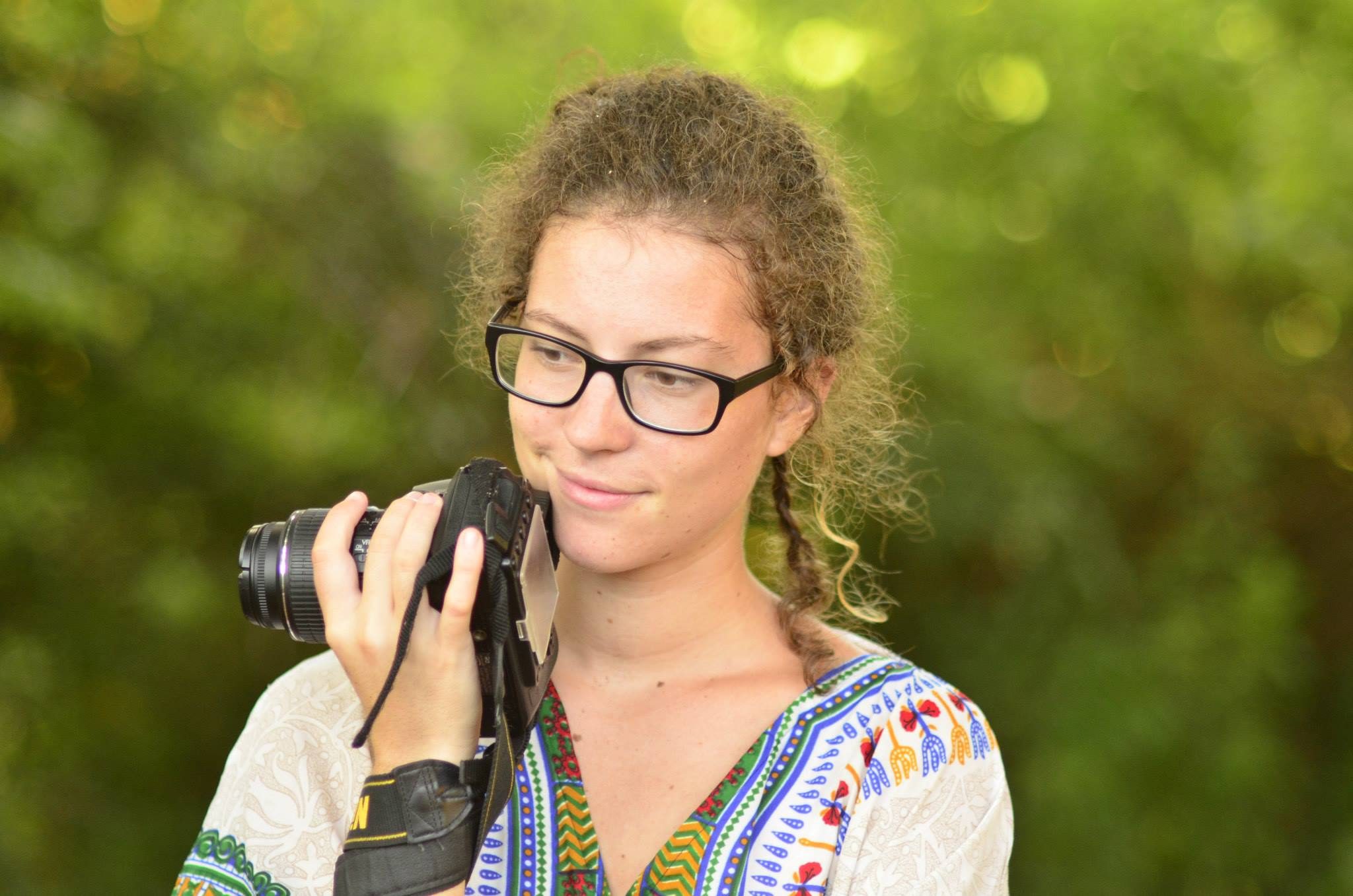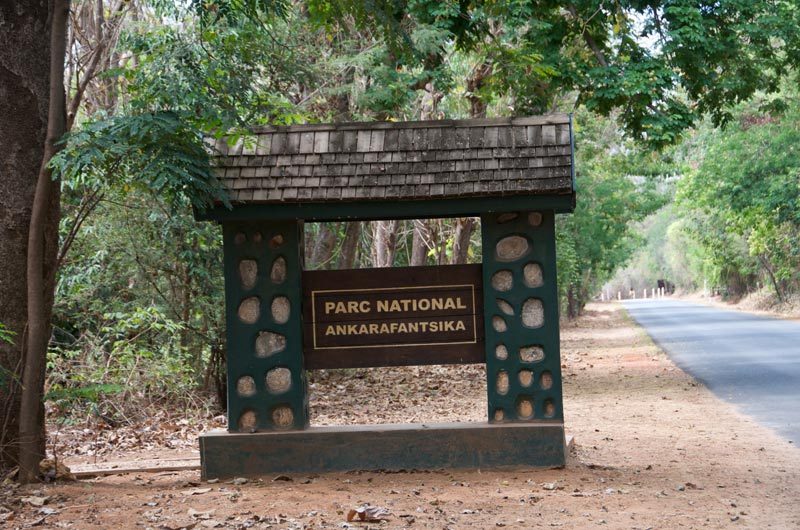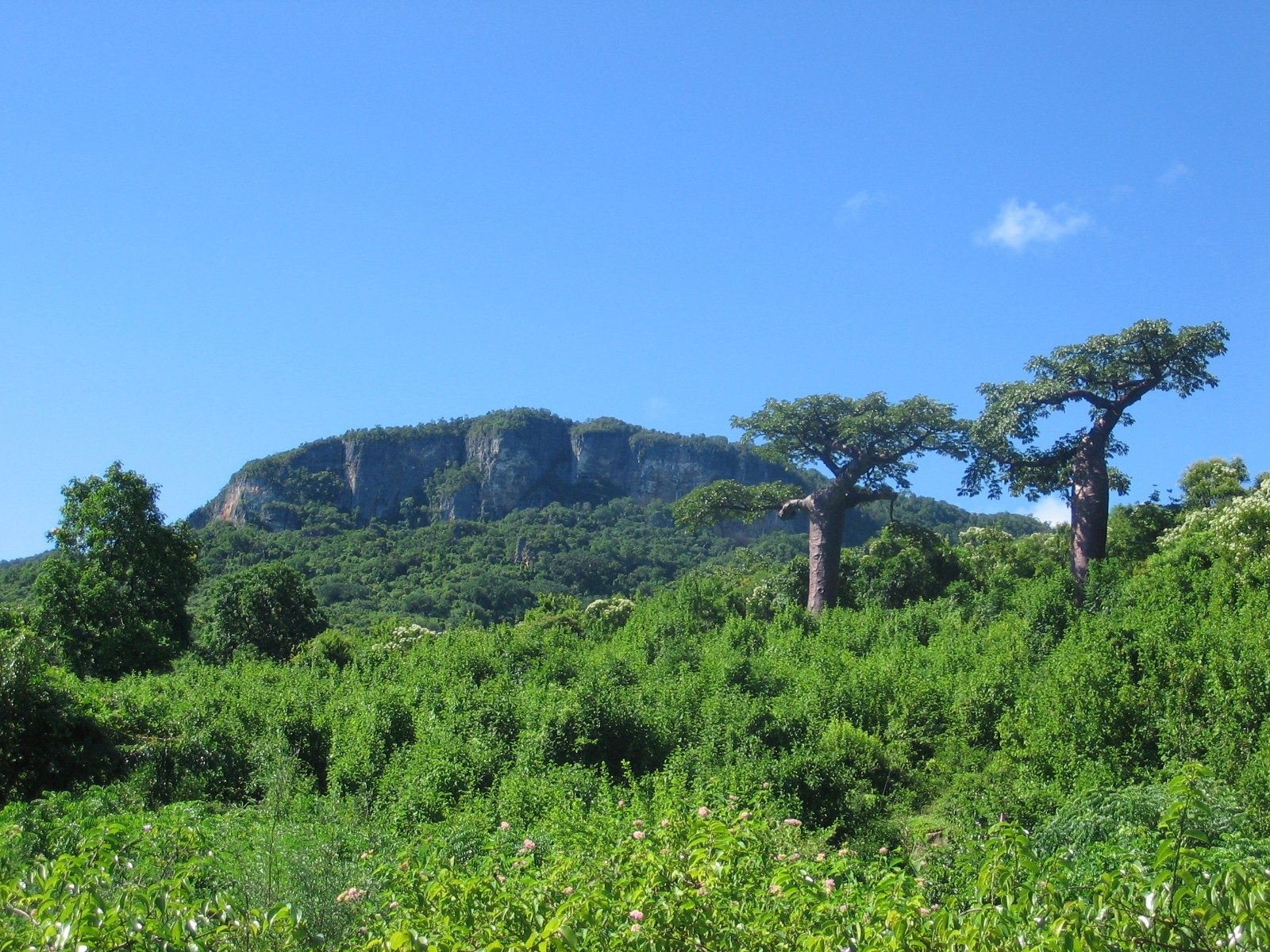Volunteer in Madagascar – New Experiences, New Friends
Volunteer, James Barker from Sheffield, England, spent 10 weeks participating in our forest conservation, marine conservation and teaching volunteer programs. His aim was to experience something totally different from his everyday life, which he most certainly did and not only did he leave with plenty of photos, but also with new friends.
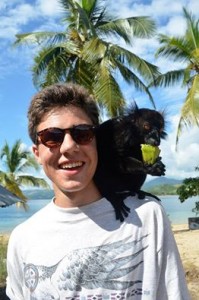 “I am incredibly lucky, Sheffield is one of the greenest cities in Europe, I live on the doorstep of one of the UK’s largest National Parks. I spend much of my free time on my bike pedalling the scenic, winding country roads of this area of outstanding natural beauty… But me and my friend Vincent wanted to see something different, and that’s where we found Madagascar, the polar opposite to Sheffield.
“I am incredibly lucky, Sheffield is one of the greenest cities in Europe, I live on the doorstep of one of the UK’s largest National Parks. I spend much of my free time on my bike pedalling the scenic, winding country roads of this area of outstanding natural beauty… But me and my friend Vincent wanted to see something different, and that’s where we found Madagascar, the polar opposite to Sheffield.
We arrived in Nosy Be, and even just on the drive from the airport to the boat port we experienced something of such contrast to the norm of life in Sheffield: Mountains, forest, road side stalls selling bananas, green oranges and vanilla.
But here in this unfamiliar and bizarre environment, different to anything either of us has ever experienced before, we quickly threw ourselves into the life here, which quite honestly is better than anything we could ever have imagined! We were lucky enough to have a crack at the forest conservation, marine conservation and also the teaching programme.
The forest programme gave us the opportunity to see the infamous lemurs indigenous only to Madagascar, many of Madagascar’s unbelievably extensive chameleon species of all shapes, sizes and colours not to mention the diverse population of insects and geckos. All whilst actually being proactive, conducting reptile, bird and Lemur surveys collecting useful data, indicating current populations of these species in different habitats from plantations to dense forest.
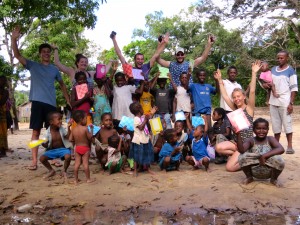 In marine, we were able to learn new skills, becoming firstly PADI open water divers then completing our Advanced open water, thanks to the amazing on site diving instructor and dive masters, before becoming competent in fish identification, allowing us to participate in fish surveying. But diving in this country which seems to have everything was unworldly, swimming with rays, turtles, an incredible range of fish species and even sharks, was something special, impossible to forget!
In marine, we were able to learn new skills, becoming firstly PADI open water divers then completing our Advanced open water, thanks to the amazing on site diving instructor and dive masters, before becoming competent in fish identification, allowing us to participate in fish surveying. But diving in this country which seems to have everything was unworldly, swimming with rays, turtles, an incredible range of fish species and even sharks, was something special, impossible to forget!
Teaching was not only rewarding but tremendous fun, there’s a range of ages and abilities, from 5 year olds, with very basic English but huge characters and great enthusiasm to learn, to adults with impressive English, but with a burning desire to refine and build on their knowledge. It wasn’t only the actual teaching that was so enjoyable about this aspect of the programme but also getting to know the local people who are warm, welcoming and enormous fun to be around.
I left Madagascar knowing I might never experience anything quite as special anywhere else, but with a mind filled with new knowledge, a camera full of new experiences and new friends whom I will never forget”.
If you’re looking to take a gap year abroad and experience something both meaningful and completely different, contact us today!



